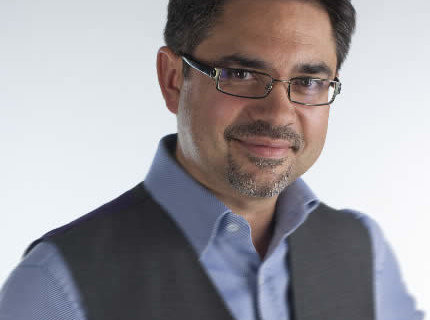
Options for Increasing Output and Reducing Footprint in Adherent Cell Culture
Introduction
Adherent cell culture is often used in the manufacture of biologic products, including vaccines. Historically, the surface for cells to adhere to has been provided either by a two-dimensional (2D) system such as roller bottles, T-flasks, cell factories or cell stacks; or microcarrier beads within a traditional stirred tank bioreactor. However the need to increase product production and reduce manufacturing footprints have led to the creation of novel solutions.
One alternative solution to traditional 2D systems and to a microcarrier-stirred tank option is a fixed-bed disposable bioreactor, which can provide efficient scale-up and manufacturing with a small footprint.
Question 1
Can you please walk through where the cost savings are by switching from roller bottles to a fixed-bed bioreactor?
One of the greatest benefits of replacing roller bottles with a fixed-bed bioreactor is that one system takes the place of many hundreds (to thousands) of roller bottles. In the case of the fixed-bed bioreactor, we are able to create the surface space in one system by using microcarriers.
As an example, if you replace a 500-roller bottle system with a fixed-bed bioreactor like the iCELLis™ bioreactor, cost savings come from:
•Reduced Manpower: Only one operator is needed to operate only one system. This is a drastic reduction in manpower from the 500 operations that would be needed to accommodate the roller bottles.
•Minimized Space/Accommodation: Only one bioreactor needs to be housed instead of 500 stacked bottles in a roller bottle machine. This creates a 10- to 50- fold savings in the amount of space needed to accommodate the process.
•Decreased Waste: Dramatically decreases the number of aseptic operations and the risk of contamination—less scrap from batches.
Question 2
Is there an upper limit to the volume of production for a fixed-bed system? Could this be used for large-scale production; if so, do you lose some of the footprint/cost benefits?
We currently work with an upper limit of 25L (replacing up to 6,000 roller bottles), and have found that this more than accommodates most customers’ applications in the human and animal vaccine business. In other words, it is not a limitation.
In reality, there is a geometric limitation on how large it could be. While it would be possible to scale this up to 50L in the future, it would not make sense to go any larger than that from an applications and engineering perspective.
Question 3
I didn’t see it mentioned anywhere’ I was wondering if you could tell me which cell lines have been used in this system.
•Adherent Cells: Vero, MDBK, MDCK, A549, CEF
•Suspension Cells: HEK293, CHO, Sf9
Question 4
Would you recommend a fixed-bed bioreactor for culture of cells if the cells were the end product?
In principle, I would not. However, on a case-by-case analysis, it can be an interesting option.
For example, Pluristem is growing placenta-derived stem cells in a fixed-bed bioreactor, and it was able to scale them up to quite a large scale with huge benefits because the microcarrier development was avoided.
Another example is insect cells; we know that Sf9 can grow entrapped in a fixed-bed bioreactor and that recovery is very easy.
Question 5
We are interested in knowing a better method for increasing output in adherent cell culture. We have two conditions to comply: 1) We are interested in cells and not secreted products from cells 2) We need intact cells after harvest
Our Xpansion™ bioreactor would be your best option in this case, because it was specifically designed to grow and recover the cells. It was developed using advanced cell cube technology and has been built with sensors, mixers and integrated process controls to grow cells. This is the technology many of our customers are using for their regenerative medicine and stem cell therapies.
Question 6
What do you think is the best way to culture HEK293 cells? Could you use this system?
If HEK is in suspension: Grow them in shaken flasks until you reach the desired cell density, then seed the iCELLis bioreactor. From there, grow them until the desired density for transfection and then proceed with addition of the viral vector and transfection reagents.
If HEK is in adherence: Do the same, but replace the shaken flasks of pre-culture by static multitray systems. As before, grow them in shaken flasks until you reach the desired amount of cells, then seed the iCELLis bioreactor. From there, grow them until the desired density for transfection is reached, and then proceed with addition of the viral vector and transfection reagents.